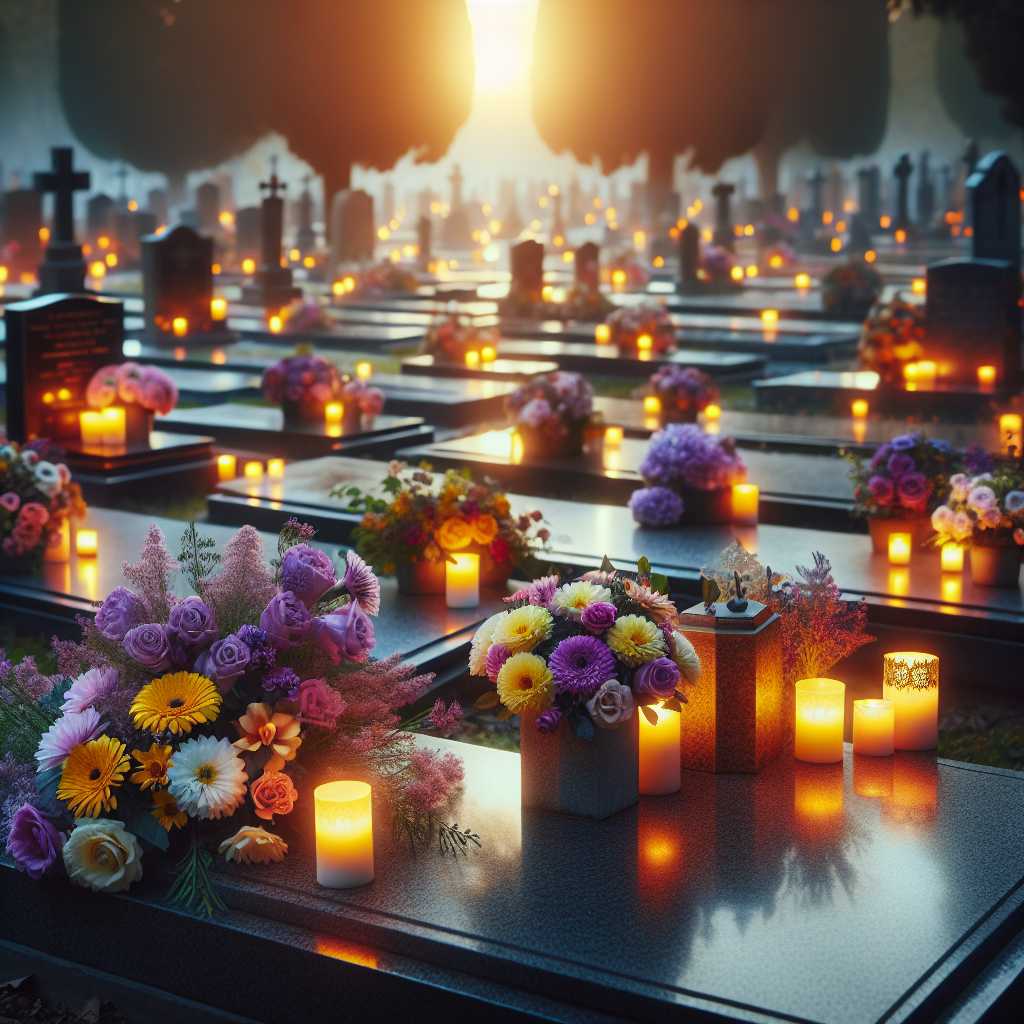All Saints Day: A Historical and Cultural Overview
All Saints Day is a solemn holy day in the Christian calendar, dedicated to honoring all the saints, known and unknown, and martyrs who have ascended to heaven. It is celebrated by many Western Christians on November 1st each year. This occasion offers a time for people to remember and respect the lives of the saints who have played pivotal roles in religious history. The following article delves into the origins, practices, global significance, and varying expressions of All Saints’ Day across different cultures and denominations.
Origins of All Saints Day
The roots of All Saints Day can be traced back to the early Christian tradition. Originally, it was celebrated on May 13th after the consecration of a Pantheon in Rome to all Christian martyrs by Pope Boniface IV in 609 A.D. The Pantheon was a former Roman temple turned into a church, dedicated to “St. Mary and all the Martyrs.” In 837 A.D., Pope Gregory IV officially moved the date to November 1st. This date change harmonized with pre-existing autumnal festivals, such as Samhain, which celebrated the end of harvest and the beginning of winter.
Commemorating the Saints and Martyrs
Religious communities around the world have different methods of honoring their saints. On All Saints’ Day, many Christians take time to reflect upon and appreciate the examples of virtue provided by these holy figures. It is a day full of meaning, with prayer services in churches often featuring recitations of saints’ lives, special hymns, and times set aside for silent veneration.
Catholic tradition often includes masses and prayers dedicated specifically to the saints. Catholics may also visit cemeteries where loved ones are buried to place flowers on graves and light candles in remembrance. In some Catholic countries, this tradition melds with local customs creating vibrant mixtures of religious observance and cultural festivals.
Observances Around the World
Cultural observances of All Saints Day vary significantly throughout the world. Here are a few examples:
– In many European countries such as Spain, Portugal, France, Italy, Poland, Hungary, and Croatia, All Saints’ Day is a public holiday marked by family gatherings at cememberies where relatives clean gravesites and adorn them with candles.
– In Mexico and other parts of Latin America, it coincides with Día de los Muertos (Day of the Dead), leading to overlapping celebrations honoring both saints and deceased loved ones.
– By contrast, in English-speaking countries like the United Kingdom and United States, All Saints’ Day is often combined with observations for All Souls’ Day (Nov 2) making for a quieter reflection on sainthood separate from Halloween’s revelry.
All Saints vs All Souls Day
It’s worth noting that All Saints’ Day is distinct from All Souls’ Day – while both commemorate those who have passed away, All Souls’ Day specifically seeks to aid those in Purgatory through prayer and is marked by its solemn theme of spiritual mercy.
Interfaith Dimensions
While rooted in Christianity, aspects of All Saints’ Day resonate beyond Christian practice with similar days of veneration found in other faith traditions where remembrance of ancestors or spiritual exemplars holds importance.
Modern-Day Considerations
As modern societies increasingly value inclusivity and diversity, some non-religious celebrations recognize moral giants from secular backgrounds joining their spiritual counterparts. This reflects a growing universal mindfulness towards human aspirations for virtue evidenced through both religious heritage and secular traditions.
Notes
All Saints Day Today
Today, All Saints’ Day retains much of its historical gravitas even as it has evolved to encompass broader interpretations across different cultures. Many view it as a time not only for commemorating past lives but for embodying saintly virtues in daily living: compassion, love for neighbor, forgiveness, courage against adversity—all qualities exhibited by the celebrated saints.
As societies become ever more complex and intertwined across religious lines, nationals borders, returning each year to a common gathering-point around sacred memory serves not merely as homage to tradition but potentially as groundwork for mutual respect among various faiths and belief systems going forward.
Image Description: A serene cemetery with neatly lined tombstones adorned with flowers and burning candles during dusk marking an observance of All Saints’ Day.

